I did the elevated glute bridge every day for two weeks — here’s what happened
Raise your feet for a great glute strengthener
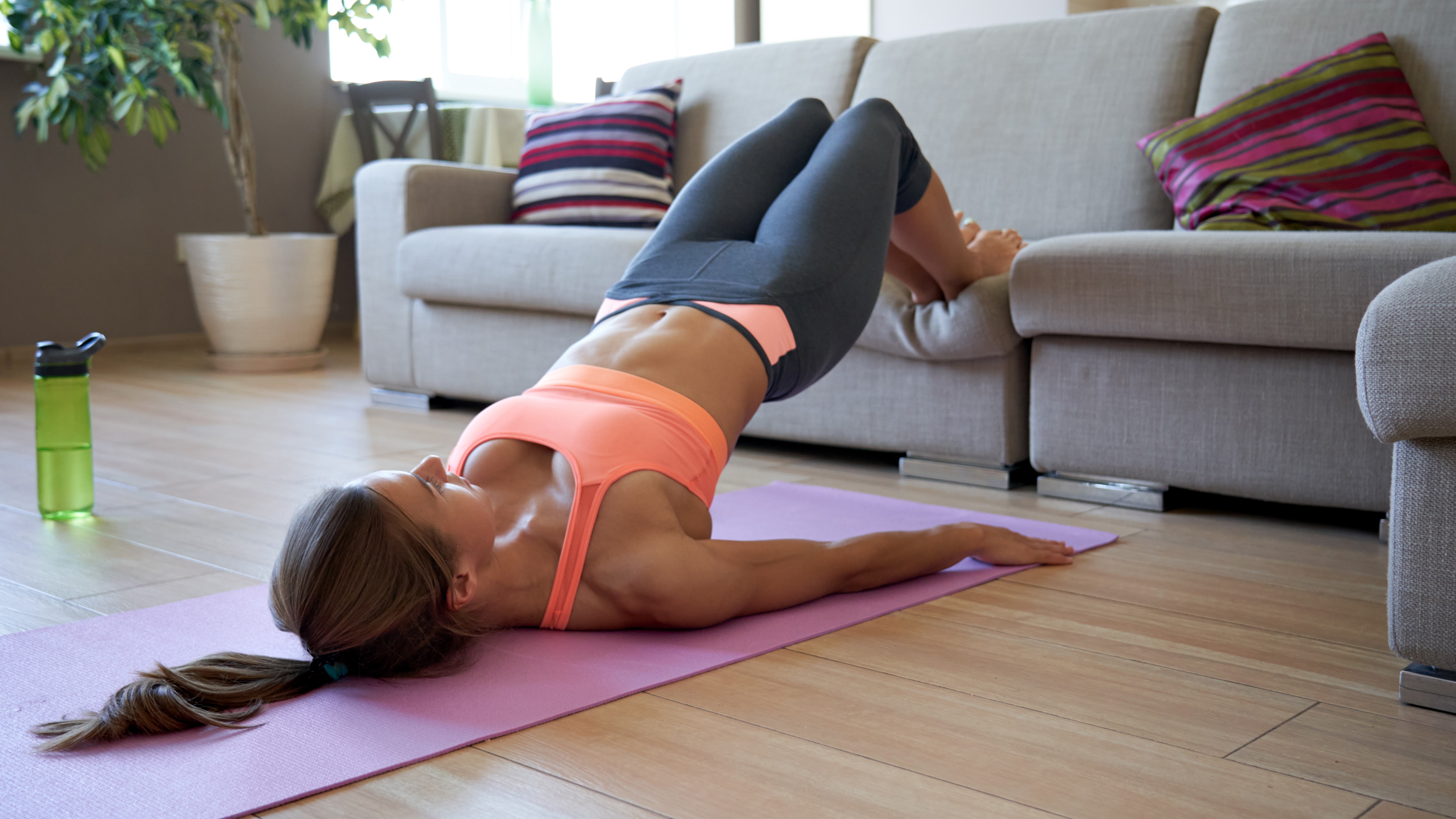
I recently ran the Loch Ness Marathon, and as with any marathon training block I’ve undertaken, I looked back at the work I’d done to see what I might look to improve in the future.
Adding more strength training for runners to my routine is something that’s always on my list to improve. This time, I wanted to focus on strengthening my hamstrings and glutes in particular, as those areas are more susceptible to minor injuries when running a lot of miles.
To kick off this process, I decided to do the elevated glute bridge every single day for two weeks, and given how effective I feel the move is in strengthening an important area for my running, I don’t plan on stopping anytime soon.
What is the elevated glute bridge?
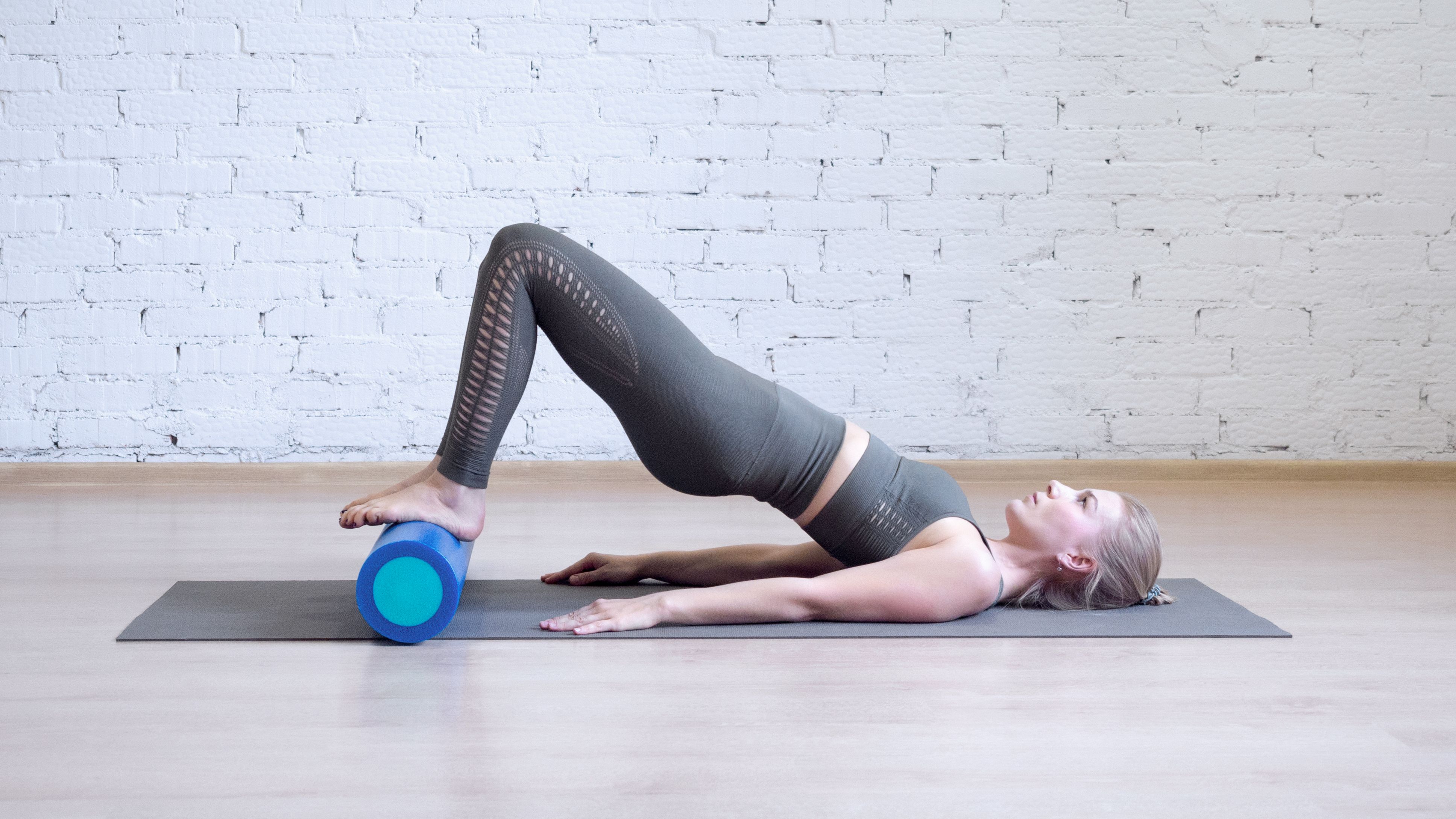
The elevated glute bridge, sometimes called the feet-elevated glute bridge, is a progression of the classic glute bridge exercise that increases the challenge of the move.
It has the same benefits, primarily strengthening the glutes, hamstrings and core, and is a good progression on the standard glute bridge once you’ve become comfortable with that exercise, involving a larger range of motion than the classic move.
How to do the elevated glute bridge
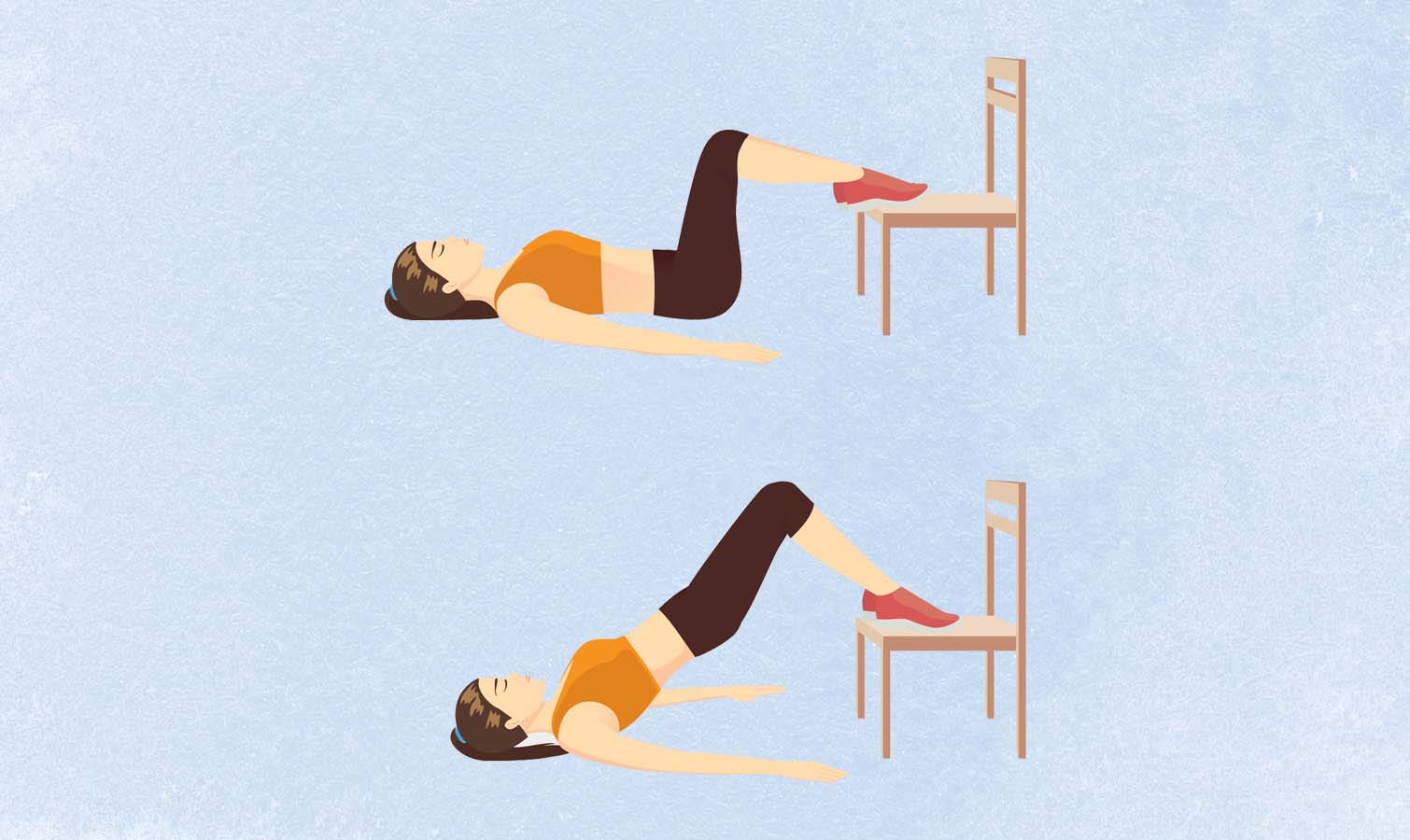
The setup for the feet-elevated glute bridge is very similar to the standard glute bridge; you just need a bench or table to rest your feet on for the move.
- Lie on your back facing the bench, with your knees bent and feet planted on the floor.
- Lift your feet onto the bench, keeping your knees bent for now — you might have to shuffle towards the bench a little.
- Thrust your hips up to form a straight line from your knees to your neck.
- Squeeze your glutes at the top of the move, then lower back down.
Throughout the exercise, focus on using your glutes and hamstrings to drive the movement, keeping your core engaged.
Get instant access to breaking news, the hottest reviews, great deals and helpful tips.
I did the elevated glute bridge every day for two weeks
Slipping in two or three sets of the elevated glute bridge each day was easier than I thought, even if it did involve some rapid clearing up of my toddler’s train set to make room to lie on the floor near a table.
I started by doing three sets of 10 reps of the standard move, but I found that I was able to progress to harder variations quite quickly, and these really ramped up the effects on my glutes and hamstrings.
It’s harder than the standard glute bridge
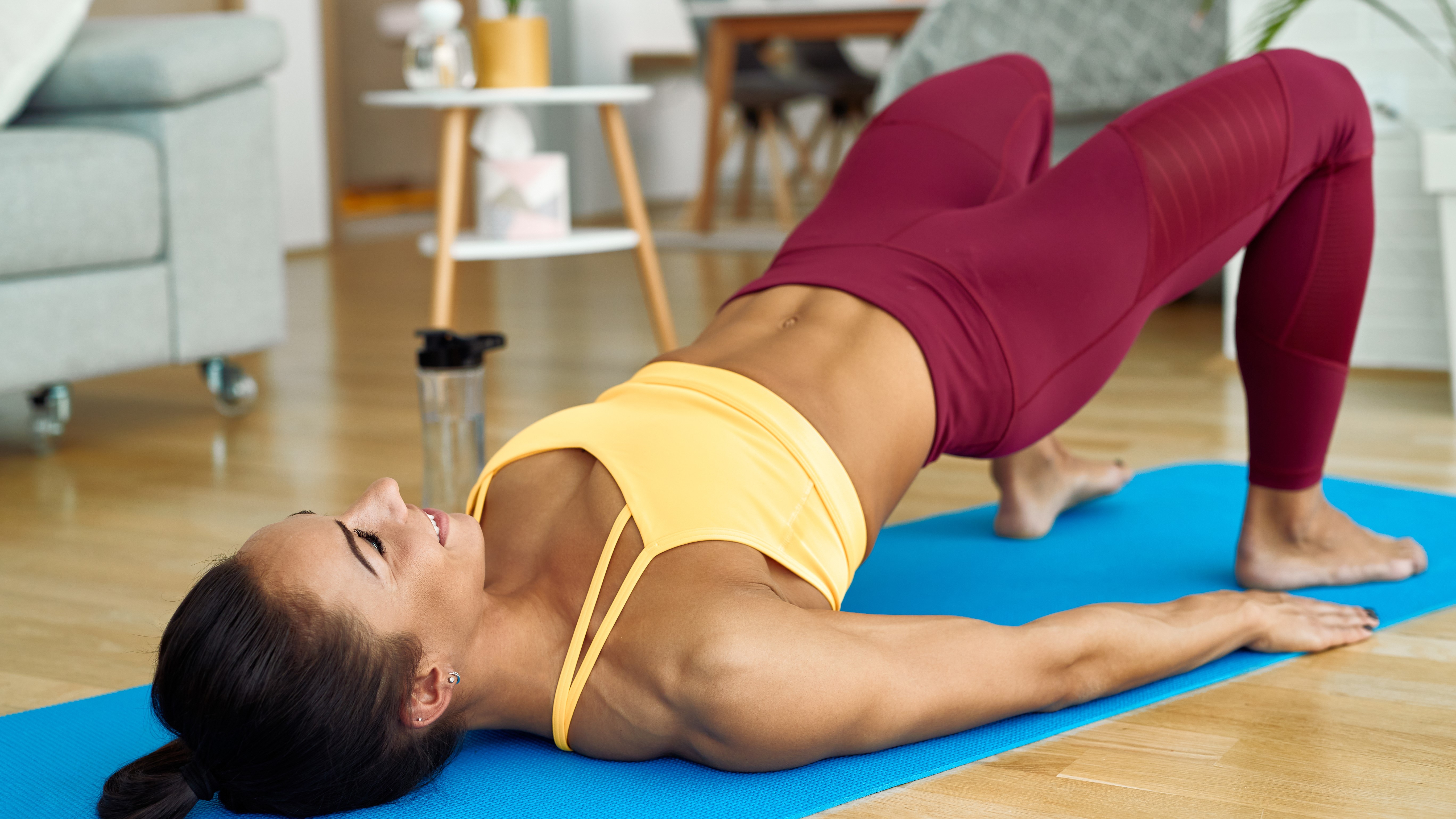
The regular glute bridge is a great exercise, but because it’s a move I’ve done regularly for many years during my strength training for runners, it’s one I feel doesn’t challenge me as much as it used to.
I have to do very long sets of the glute bridge or use weights to feel the effect on my glutes and hamstrings, but with the feet-elevated glute bridge, I immediately noticed the extra challenge by the end of my first set.
Along with being more effective in working the muscles involved, this also made it easier for me to know that I am recruiting the right parts of the body with the move.
It’s easy to progress and vary the move
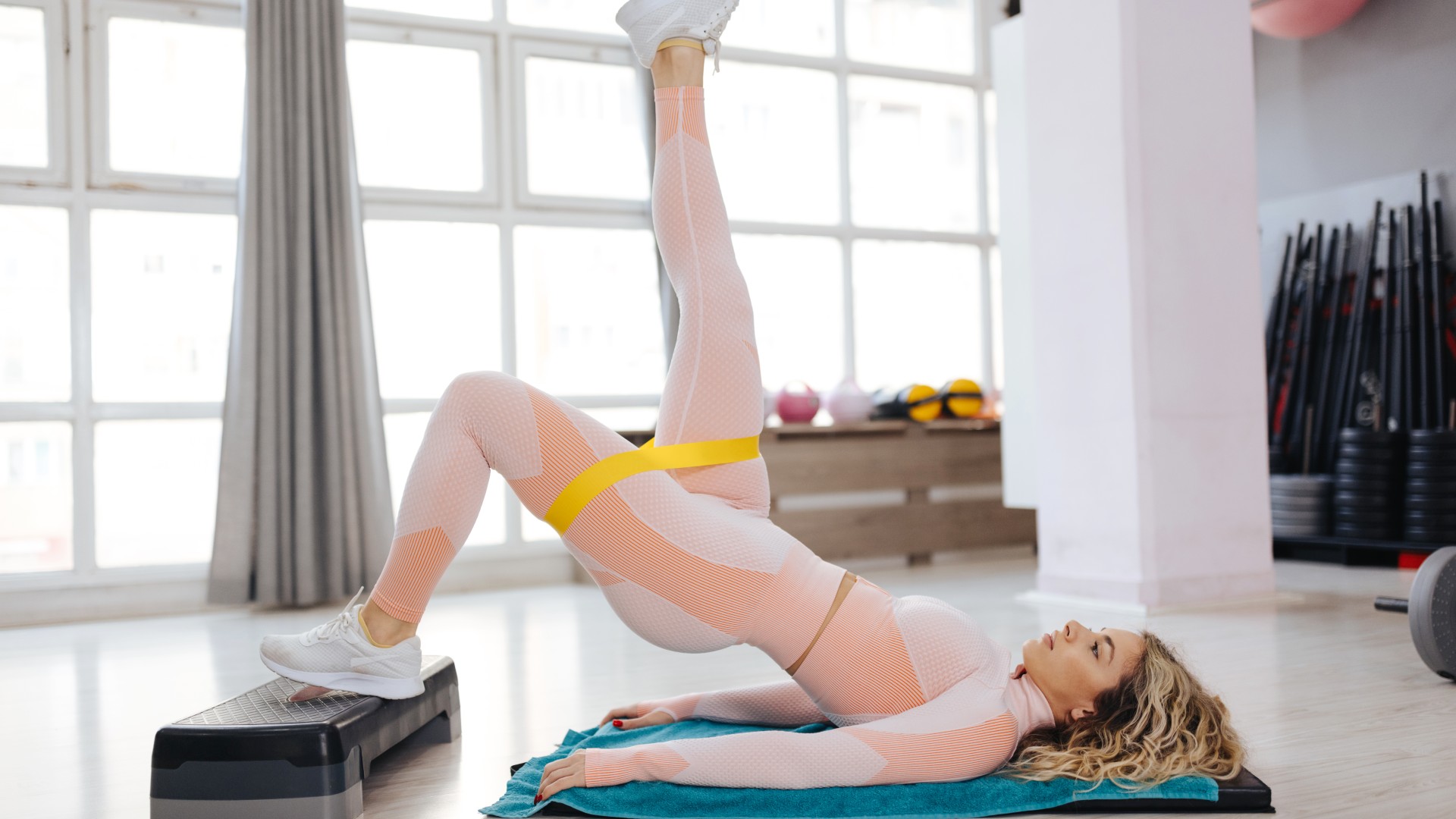
After a couple of days, I moved on to single-leg elevated glute bridges. I generally prefer to do single-leg moves when possible because they help balance out the strength in my body for running, where you are always on one leg.
I found doing the move on one leg was significantly harder, and I often had to shorten my last set to five or six reps.
Other good variations I’ve enjoyed trying are the banded elevated glute raise, where you wrap a resistance band around your thighs and hold it taut while performing the move, and the elevated glute bridge hold, where you stay in the top position for 30-45 seconds.
I’m keeping it in my strength routine

The elevated glute bridge has more or less replaced the standard version of the move in my workouts and will continue to do so in the future. I’ll be doing it regularly to support my running, but it’s also a great move for anyone looking to build deep core strength as well as firing up the glutes and hamstrings.
Along with doing the move during workouts, I’m also trying to do a quick set or two before my runs as part of my warm-up to activate the glutes and hamstrings. In time, I might look to add some weight to the equation as well, to keep on progressing with it.
Follow Tom's Guide on Google News and add us as a preferred source to get our up-to-date news, analysis, and reviews in your feeds. Make sure to click the Follow button!
More from Tom's Guide
- Forget the gym — build a stronger chest and arms with this 5-move dumbbell workout
- I tried this 15-minute dumbbell workout — and could barely lift my arms the next day
- I’m a PT — you just need this 3-move biceps workout with dumbbells to sculpt your arms

Nick Harris-Fry is an experienced health and fitness journalist, writing professionally since 2012. He spent nine years working on the Coach magazine and website before moving to the fitness team at Tom’s Guide in 2024. Nick is a keen runner and also the founder of YouTube channel The Run Testers, which specialises in reviewing running shoes, watches, headphones and other gear.
Nick ran his first marathon in 2016 and became obsessed with the sport. He now has PBs of 2hr 25min for the marathon and 15min 30sec for 5K. Nick is also a qualified Run Leader in the UK.
Nick is an established expert in the fitness area and along with writing for many publications, including Live Science, Expert Reviews, Wareable, Coach and Get Sweat Go, he has been quoted on The Guardian and The Independent.
You must confirm your public display name before commenting
Please logout and then login again, you will then be prompted to enter your display name.
